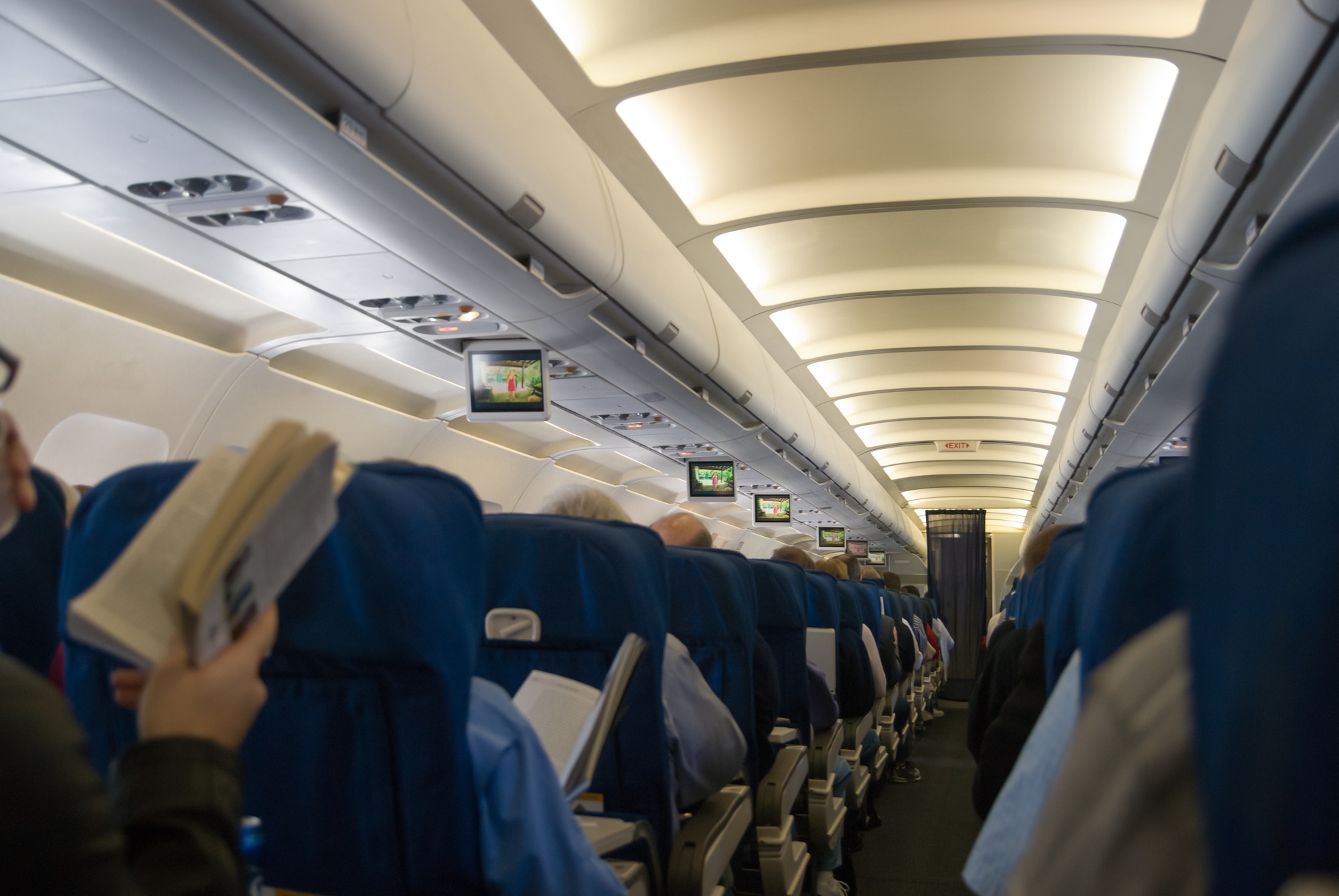Flying can be stressful, especially when you’re confined in a plane for long hours. And it could take a nasty turn for the worst when you’re in a particularly packed flight.
Fortunately, there are various ways to avoid that. You may call the airline, browse their site, or check the seat map upon check-in. We’ll discuss those options in a bit.
Why Are There Always Crowded Flights?
Packed flights are a common issue anywhere. So why don’t planes just add more seats to address it?
To better answer that, we need to know how the number of seats is determined. Statistically, an airplane can carry around 10 to 850 people. That is greatly influenced by factors, such as the width of the aircraft, its construction, and the type of service it is built for.
With all those points to consider, the seating capacity may vary. For example, a bigger plane may be able to carry more passengers. However, if it offers more business-class than economy seats, the number will go down.
With predetermined number of seats, why don’t airlines leave a bit of allowance for the passengers’ comfort, preventing packed flights? The thing is, they can only go down a bit, otherwise it hits their revenue.
In a report shared by Florida Panhandle, airlines will need to be at 72.5% to 78.9% capacity in order to break even. Any lower than that and it translates to loss, which is one reason why some international flights temporarily shut down during the height of the pandemic.
To give you a better picture, let’s say American Airlines is only at 50% capacity for one of their flights. That would give them an $11,867 loss already! As such, crowded flights are inevitable – that is, if they wish to keep providing services.
Ways to Check How Packed a Flight Is
If you wish to know if you’re boarding a crowded flight ahead of time, here are some of your options.
Option 1: Contact the Airline
Perhaps the easiest and simplest way is to give your airline a call. You may speak to a representative and explain your concerns regarding a crowded flight, and if you have options to work around it. Take note, though, that the agent may not be able to provide specifics, but estimates will definitely help you decide.
If you dread waiting on hold, check if your airline has other contact options. For example, United Airlines has an “Agent On Demand”, which allows you to chat with representatives via call, text, or video. This service can help you with seat assignments, boarding or departure times, upgrade lists, and other queries you may have.
Option 2: Browse the Airline’s Site
Before your actual flight date, you may go to your airline’s website and check your booked flight if it is crowded or not. Most airlines will provide information, such as the layout of the seats and which ones are filled.
This is a service that you can check at Delta Airlines’ site, for instance. All you need to do is go to the “My Trips” page, fill in the details required, and it will show the seats that have been assigned. Hawaiian Airlines also has the same kind of functionality in their site, with the added feature of allowing you to change seats whenever possible.
Option 3: Check the Seat Map During Check-in
24 hours prior to your designated departure, you will typically be able to see the seat map upon check-in. During this period, you’ll be able to decide on whether you’d like to select an available seat, confirm a seat you paid for beforehand, or move to a different flight altogether.
If you’ll be opting for the third option, most, if not all, of the U.S. airlines have waived their change fees. You’ll only need to pay for the fare difference, if there’s any. Passengers with elite status will have more flexible options though, such as not paying differences in fare in the same cabin class – depending on your booked airline, of course.
Final Thoughts
While these options can help, there’s no foolproof way to avoid a crowded flight. For example, there may be instances when another flight is delayed or canceled, and thus the airline will have to move the other passengers to your flight. So just anticipate that, but hope for the best.

